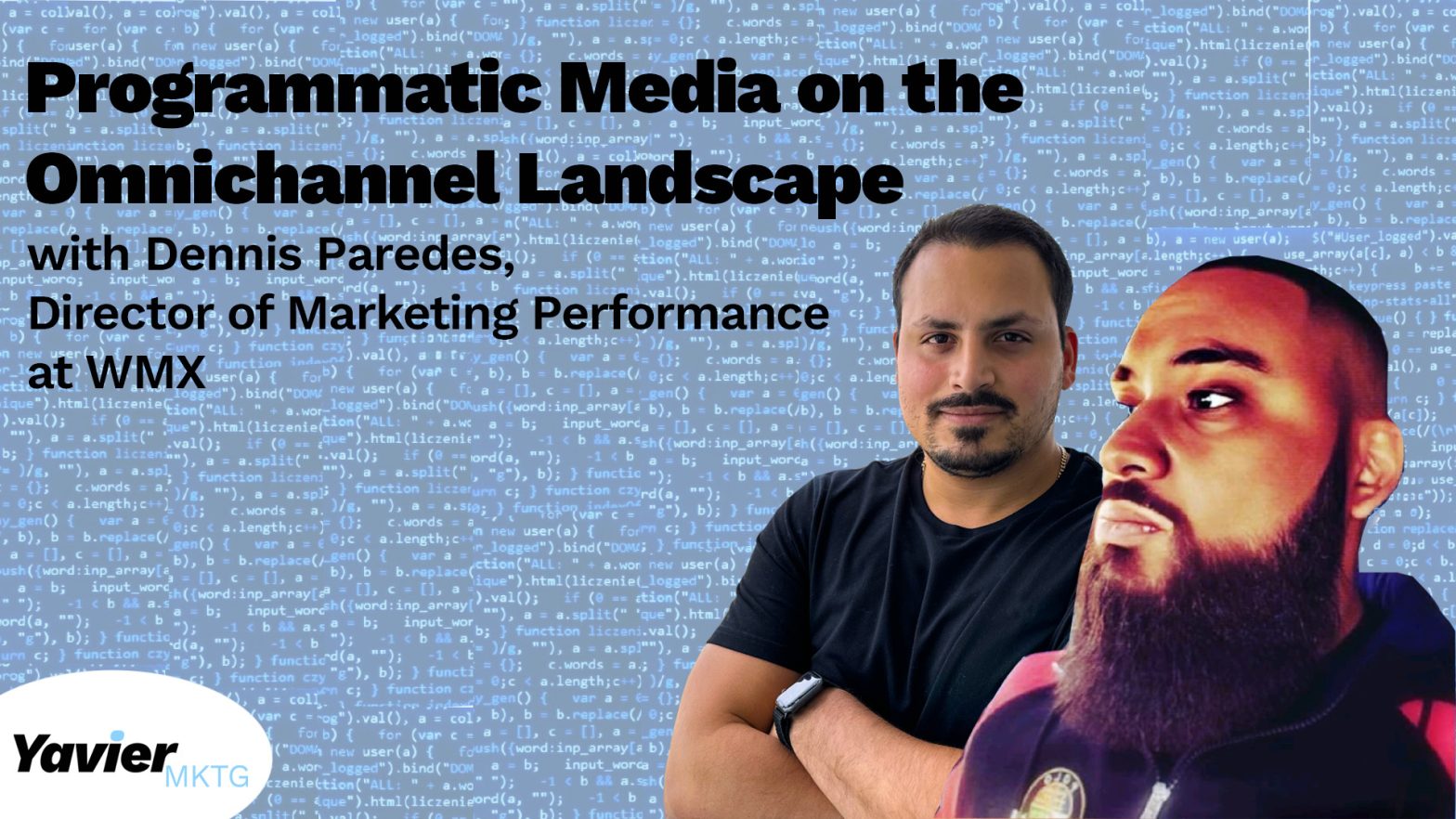Last week, I started to run a video ad campaign since I wanted to do an A/B test to see how the results varied. I did it as a learn-and-test for myself. I decided to do the video based on a presentation explaining how programmatic media works and how I build client campaigns. I edited a presentation to show only the programmatic media process from a user’s point of view since the other information will make the video longer. I wanted to be strategic with the video’s content and length. When you want to do a video for a promo, sale, or any other purpose, you must ensure that the video ad’s first five seconds are engageable or that it creates an interest in the viewer. For example, my video ad started with me looking at the camera and saying, “Have you ever wondered how ads follow you or know what you want?”. This is a common question that most people ask themselves and constantly discuss with friends and family. With that awareness, I attack the necessity of knowing “how advertisers follow you and know what you want.” I’m providing an answer they will value even though they can research and get it. The way I answered their question was strategic, too. I explain it the easiest way for average people to understand based on their point of view.

When you launch a video ads campaign and want people to view your ad or generate interest and/or intention from the consumer, you must make them relate to the message, and the message must be direct, concise, and straightforward. Sometimes, as advertisers’ strategies, we want to demonstrate how good the products are or how much the advertisers know about specific topics, and we tend to use sophisticated language or mention technicalities that ordinary people won’t understand. By doing this, we are limiting our ads message to only experts in the field, or it can create confusion for the consumer, who won’t be attracted to the brand, product, courses, services, etc. In my video, I show and explain a diagram showing the steps of programmatic media as a user. One of the issues with explaining this type of topic is that it contains terms that not everyone will understand. What I did is that I explained the simplest words on the video, and then in the description, I put some of the other terms with definitions. It is essential to connect with the audience by offering value. When your audience feels lost or doesn’t understand the message, the possibility of connecting is far away. When creating the video, try to show images, moving elements, or any other visual elements that will help the audience connect with the video. I’ve seen video ads where a person is explaining something, and it doesn’t have any visual content or only shows the product and its brand but not how it works or the value of it. When this happens, I automatically click on the “skip” button. It is not on purpose. It is a habit to skip video ads on YouTube, Facebook, Instagram, etc. when watching what you want. The question is, how can the ad be interesting enough to interrupt someone’s desire?
Some basic things to create successful video advertisements based on Curastrory are:
- Don’t make your video ad too long.
- It’s essential to use a script.
- Practice makes perfect.

After the ad is done, let’s say that you or the team are undecided about whether the video should have music in the background, a QR code, or any variants that can come into mind while creating the ad. Use it in your favor; you can run an A/B test to see which performs better. Keep in mind that the ads cannot be completely different. Each video ad should have only one element different, for example, one showing your face and the other not showing it. There are platforms like DV360 that allow you to sun an A/B test by splitting the audiences already targeted or created in half as a set-up of the A/B test. Remember that if you target the same audiences with both ads, the results will not be as valuable as an A/B test should be. When A/B testing is being built, we must avoid variables that can influence the results of it, like set-ups between both campaigns, someone who shares one of the ads with their friends, overlaps in audiences, and others. The goal is to find which performs better under the same circumstances.
Let’s say you or the team want to change more than one element, and both campaigns have different setups. It makes sense if you or the team “say we can test both and see which one performs better,” but the reality is that since there are multiple variables influencing the campaign or the ad, the results will not be as accurate as we want them to learn or find which one performed better.







Leave a Reply